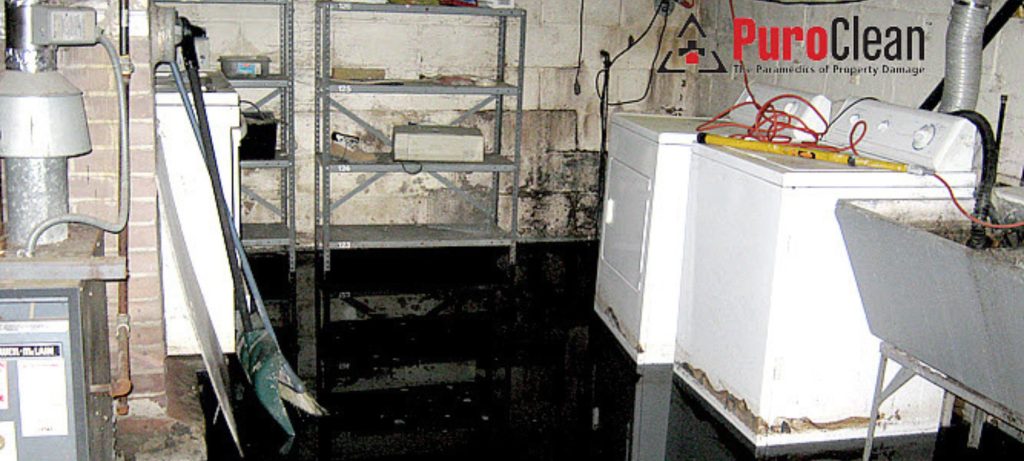
Sewage backups are among the most distressing and potentially hazardous issues a homeowner can face. Beyond being an inconvenience, sewage backups can pose significant health risks if not addressed promptly and properly. At Puroclean Emergency Restoration Specialists, we fully understand the importance of professional sewage cleanup services in safeguarding your health and ensuring your home remains safe and sanitary. In this in-depth guide, we’ll delve into the potential health hazards associated with sewage backups, the critical role of professional cleanup, the cleanup process, and preventive measures to protect your home from future incidents.
Understanding the Health Risks
Sewage backups aren’t just about unpleasant odors and unsightly messes; they are a breeding ground for harmful bacteria and pathogens. Exposure to these contaminants can result in a range of health issues, including gastrointestinal problems, respiratory infections, skin irritations, and more. It’s crucial to treat sewage spills as an immediate and severe emergency that requires rapid intervention to minimize risks.
The Importance of Professional Cleanup
Attempting a DIY sewage cleanup can not only be ineffective but also extremely risky. Untrained individuals lack the expertise and equipment necessary to address all the hidden dangers lurking in the affected area. This is where professional sewage cleanup services become indispensable.
At Puroclean Emergency Restoration Specialists, our experienced experts are equipped with the knowledge and specialized tools to handle sewage cleanup effectively. Our process begins with a meticulous assessment of the damage, ensuring no contaminated areas are overlooked. Following this, we prioritize safety measures, including proper ventilation of the affected space and the use of appropriate protective gear for our team.

The Sewage Cleanup Process
Our sewage cleanup process involves several crucial steps
1. Assessment:
We initiate the cleanup by conducting a comprehensive evaluation of the damage. This includes identifying the extent of affected areas, as well as determining the source of the sewage backup. Accurate assessment is pivotal to planning the most effective cleanup strategy.
2. Safety Measures:
Our top priority is safety—both for our team and your home’s occupants. Adequate ventilation is established in the affected area, and our team dons the necessary protective gear to minimize exposure to harmful contaminants.
3. Extraction:
State-of-the-art extraction equipment is employed to efficiently remove sewage water and contaminants from your property. Thorough removal is crucial for effective cleanup and reducing the risk of secondary issues like mold growth.
4. Cleaning and Sanitizing:
Once extraction is complete, we proceed with thorough cleaning and sanitization of all affected surfaces and materials. We employ industry best practices to ensure that no traces of contaminants remain, providing a safe environment for your family.
5. Drying and Dehumidification:
industrial-grade drying and dehumidification equipment is used to eliminate excess moisture from the affected area. This step is vital in preventing mold growth, which can occur rapidly in damp conditions.
6. Restoration:
After the sewage cleanup, we offer additional assistance with any necessary repairs or restoration work to restore your home to its pre-damage condition. This includes repairing or replacing damaged structural elements or materials.
Preventing Future Sewage Backups
Beyond addressing the immediate issue, it’s crucial to take proactive measures to prevent future sewage backups. Here are some key preventive steps:
1. Regular Maintenance:
Schedule routine inspections and maintenance of your plumbing and sewage systems. Address any minor issues promptly to prevent them from escalating into major problems.
2. Waste Disposal:
Properly dispose of waste and avoid flushing items down the toilet or pouring substances down drains that can lead to clogs and sewage backups.
3. Backflow Prevention:
Consider installing backflow prevention devices in your plumbing system to stop sewage from flowing back into your home in the event of a sewer line backup.
4. Landscaping:
Pay attention to the landscaping around your home, ensuring that tree roots or other factors do not interfere with your sewer lines.
Conclusion
Sewage cleanup is a complex and hazardous task that should never be attempted as a DIY project. Entrusting the task to professionals like us ensures not only the safety and health of your family but also the thorough and effective restoration of your home.
Do not compromise on the cleanliness and safety of your living space. Contact us today for reliable and efficient sewage cleanup services. We are dedicated to restoring your peace of mind and ensuring that your home remains a safe and sanitary place to live.
READ MORE here
Phone: (410) 919-4275




 PuroClean Emergency Restoration Specialists
PuroClean Emergency Restoration Specialists